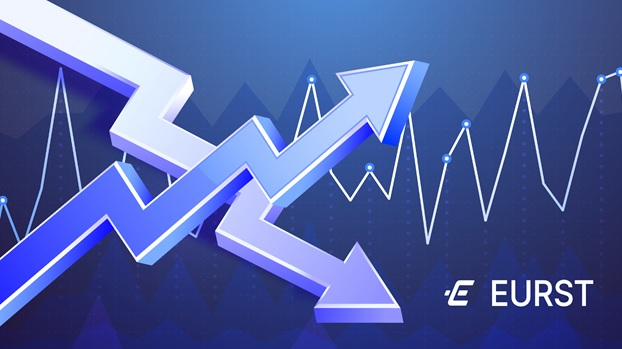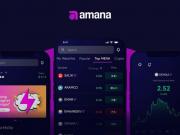
Managing inflation is an essential part of maintaining a steady and healthy economy. One of the most widely discussed topics in economics, inflation is the rate at which prices increase over a set period of time. Broadly measured, inflation statistics are generally based on the overall cost of living. It is one of the issues politicians have promised to tackle when trying to get votes in an election, yet succeeding in doing so has proven to be a difficult task.
Limited Purchasing Power
Many countries are facing inflation, or even hyperinflation - a term describing "rapid, excessive, and out-of-control general price increases in an economy" (Investopedia). One country most notably affected by hyperinflation is Venezuela. According to The Venezuelan Central Bank (BCV), inflation was 686.4% in 2021, making it the country with the highest inflation that year. Despite the country recently emerging from a four-year cycle of hyperinflation, people are not seeing a change in the price of food or their salaries. This is because "hyperinflation leaves traces", according to economist Ronald BalzaGuanipa, the dean of the Economic and Social Sciences Department at the Universidad Catolica Andres Bello (UCAB). Venezuelans have expressed that their money isn't enough to cover their basic needs. One Caracas labourer, Orlando Bolaños, shared that although salaries were paid in the weak local currency of the Bolivar, almost everything has to be bought in dollars.
New Financial Strategies for the Common Citizen
In countries suffering from inflation that transact in multiple currencies (including USD) such as Venezuela, you would assume that trying to accumulate US Dollars would be an ideal strategy for the average person to survive. However, citizens of these economically affected countries are turning to other methods. In fact, a trend has arisen where hyperinflation has led to an increased usage of stablecoins.
Stablecoins are cryptographic tokens stored on the blockchain, as all cryptocurrencies are. However, what makes stablecoins different from regular forms of crypto is that they are pegged to a physical asset such as gold, or fiat currencies. This keeps them at more of a fixed price and value.
With the value of the Turkish Lira almost halving in value over the past 12 months, it makes sense people in Turkey are getting into stablecoins- namely Tether, a stablecoin pegged to the value of 1 USD. In Venezuela, people are exchanging their Bolivares for USD via an app called Reserve, which offers its own stablecoin, RSV. Reserve's stablecoin can then be traded for Bolivar or USDT using the app. Since 2019, Reserve has had over 350,000 registered accounts, 100,000+ weekly app visitors, and over 8,000 merchants now accept Reserve as payment. The culmination of years of government corruption and mismanagement in Lebanon has resulted in severe economic depravity and a lack of infrastructure. A United Nations report stated that in March 2021, 78% of the Lebanese population (3 million people) was estimated to be in poverty. Now crypto use is on the rise in Lebanon as a way of getting around Lebanon's broken banking system, in addition to being a method of recovering savings through trading.
Stablecoins Not So Stable
While nations that suffer from devastating economic conditions turn to stablecoins that are pegged to reserve currencies like the US Dollar, the stability of major stablecoins is called into question. In order to support the peg to fiat or other asset classes, stablecoins need to hold a considerable amount of backing. However, experts have begun to question the said backing even for the largest USD pegged stablecoin like USDT. A collapse of a stablecoin would not only have harmful consequences for the crypto market but has the potential to hurt people that have chosen it as an alternative to its national currency.
Some companies are aiming to prevent such issues from occurring. EURST is one example of a stablecoin that is pegged to the Euro. Being 100% backed by fiat currency and audited in real-time, each token (1EURST) represents a monetary value of 1 EUR, which is stored on a distributed ledger (the Ethereumblockchain). EURST allows users to keep savings in the Euro without the lengthy process of opening a bank account in Europe. It gives global users an opportunity to keep their savings in a reserve currency and make international transfers faster and with considerably lower fees. EURST also gives financial autonomy to the "unbanked" - those without access to a bank account. These individuals often live in extremely rural areas, lack education, or the paperwork necessary to open a bank account. Hopefully, with more localized efforts to hedge against inflation through projects such as Reserve and EURST, people all over the world can save money and thrive while potentially investing in their futures.








